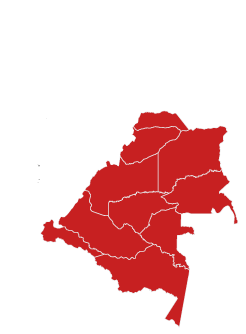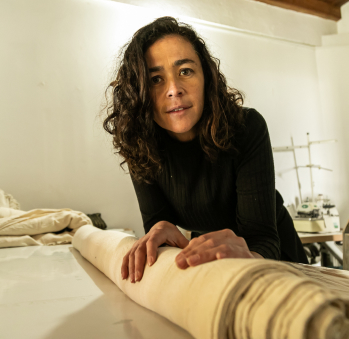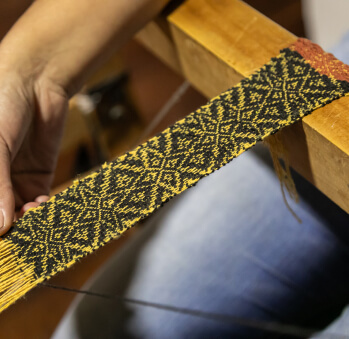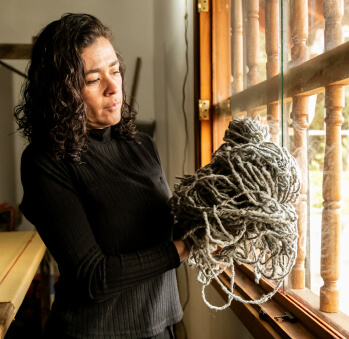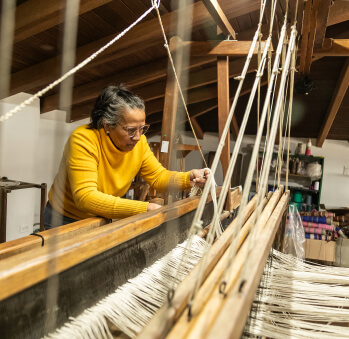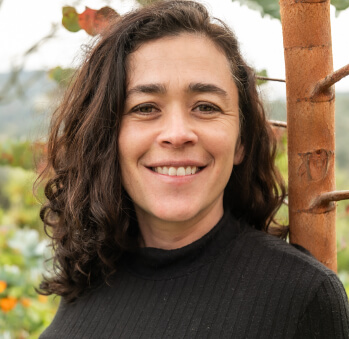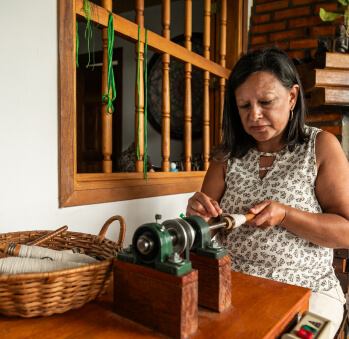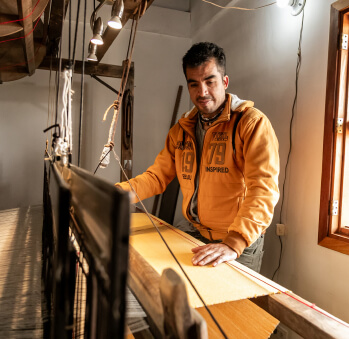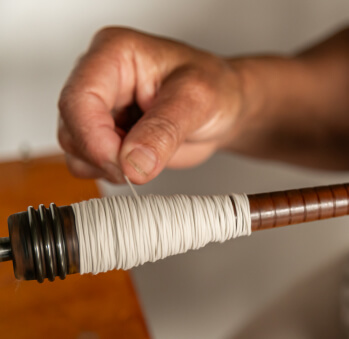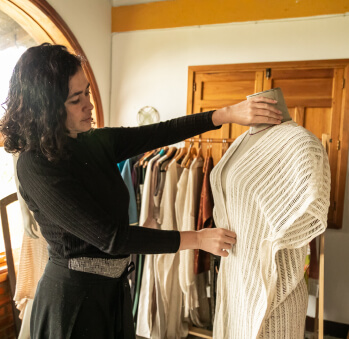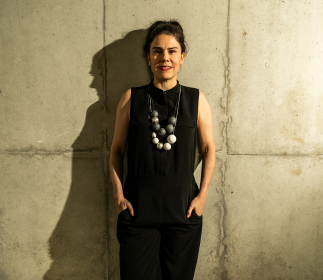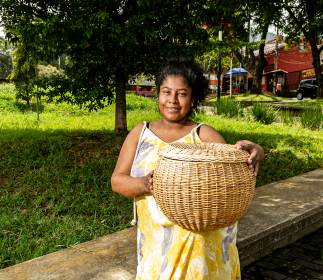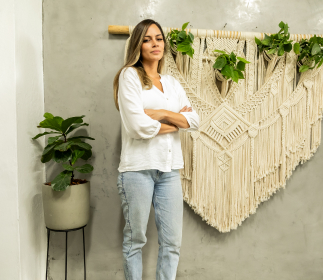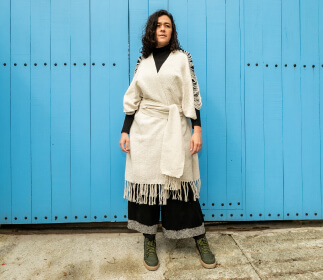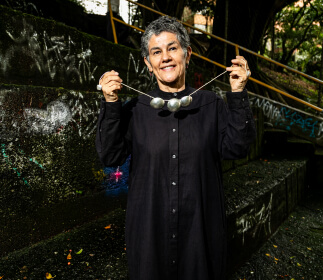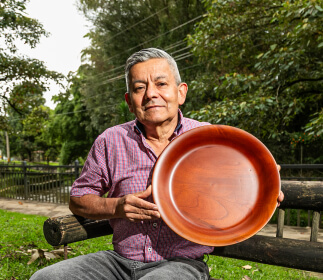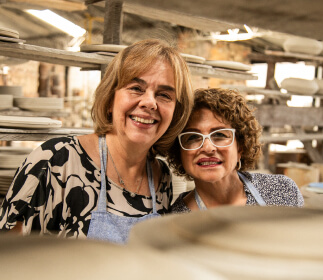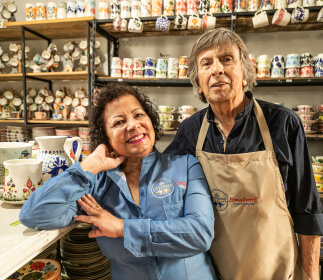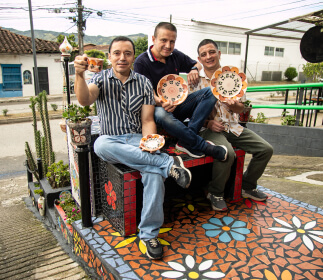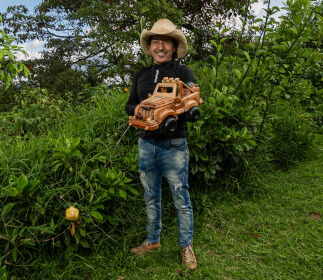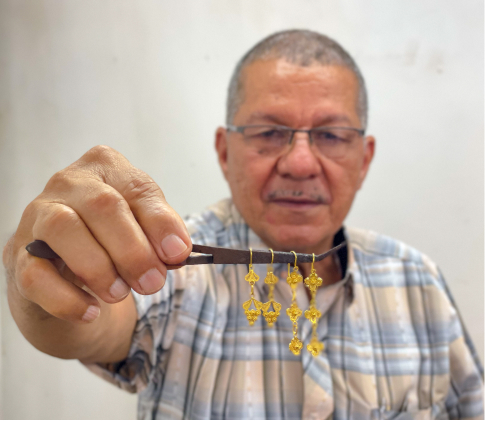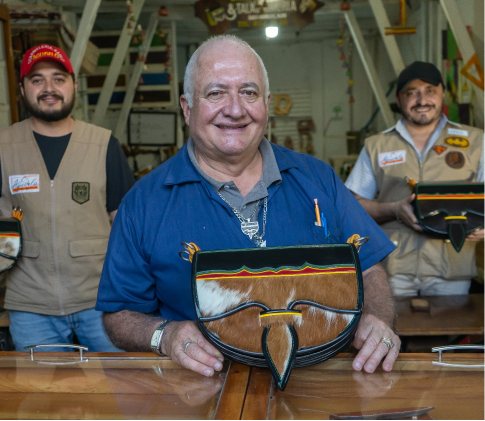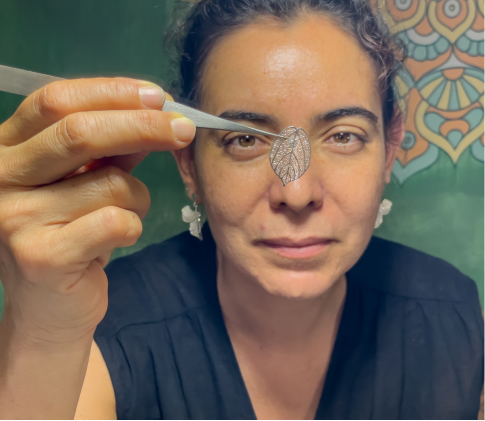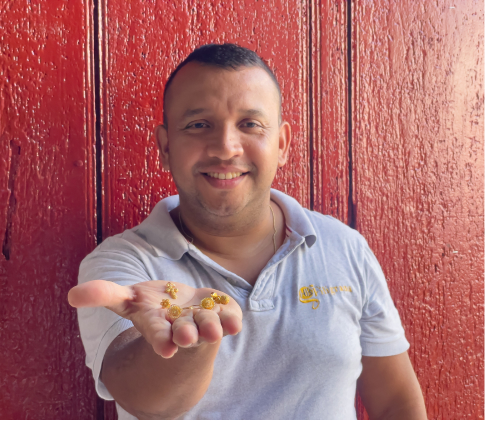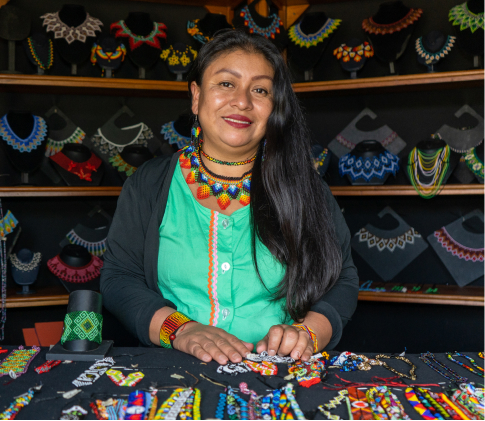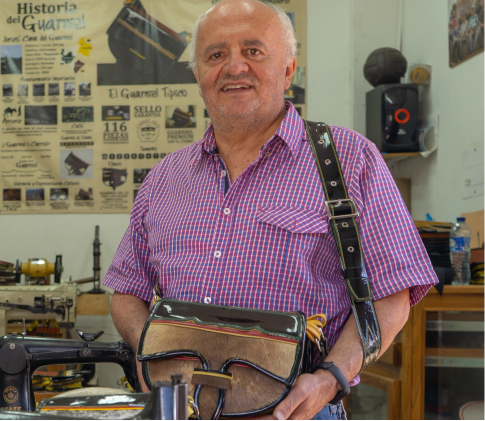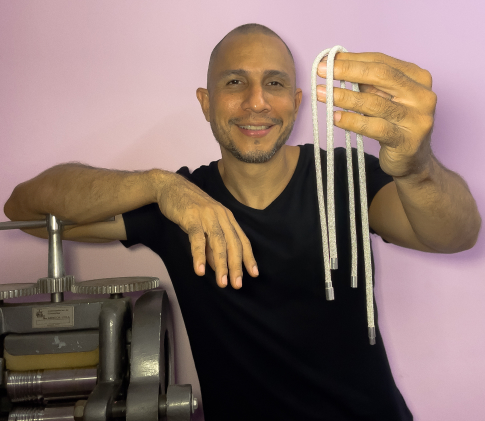Sandra Jaramillo Tobón
Workshop: Tejidos Pallay
Craft: Weaving
Trail: Antioquia Route
Location: Medellín, Antioquia
Sandra Jaramillo’s story is one of encounters. It began right after she finished her degree in civil engineering and decided to travel through South America. She set off in search of something, without knowing exactly what, and found weaving, a skill offered to her by the hands of indigenous communities in the Andean region. She started her journey in 2005 with just 300,000 pesos in her pocket and returned to Medellín three years later.
Along the way, she encountered the weavings of Pisac in Peru, those of the Yampara in Tarabuco, Bolivia, and the Mapuche weavings and the artisanal weaving school in Salta, Argentina. She learned to weave with sheep and alpaca wool, cotton threads—some naturally dyed according to Bolivian tradition—and various braids used for the cords of horse tack. She also learned to say “pallay,” a Quechua word frequently used to talk about weaving and crops, which she would later use to name her brand. Being in contact with the indigenous communities that welcomed her, she came to understand what lay behind their weavings. Beyond the technique were the designs, expressions of the cosmogonies of each community, and the symbols, which she saw both in the weavings and the archaeological sites she visited.
It was like coming face to face with her weaver ancestors. She felt a connection that sprang from her soul, leaving no room for doubt. She knew she had made the right decision when she packed her bags and followed her heart to other lands, and later learned that her paternal grandfather had a loom factory in Yarumal, which was destroyed in a fire, and remembered seeing her paternal grandmother crochet dolls. Everything made sense.
After such an incredible journey, she naturally no longer wanted to pursue engineering. Her life had changed after discovering that she didn’t need millions to travel, just her knowledge and her faith. She managed by teaching math and geometry in local schools and found a way to move and relate in weaving. Ultimately, she had found her way of life.
So she returned determined to dedicate herself to weaving. She moved to Santa Elena and began connecting with the women of the municipality, who would become her team. Sharing what she had learned, Sandra taught those who needed to weave, and she relied on the former workers of an old workshop that had existed in Santa Elena. Their expertise strengthened the quality of Pallay’s fabrics, leading to the exploration of new designs. By forming her own team, she confirmed that the connections created through weaving go beyond the practical, for dedicating oneself to this craft requires patience, trust, and perseverance, and she saw the valuable fruits of the leap into the unknown she had taken nearly twenty years ago. She also had the opportunity to return to Peru to fulfill a pending goal: studying in Lima with the tapestry master Máximo Laura.
Today, she continues weaving with her team of five. They make garments, curtains, and rugs using the techniques she learned on that revelatory journey, careful not to fall into cultural appropriation, but knowing that we all are a blend of the cultural exchanges that have occurred throughout history, which, like many others, reached her too.
Craft
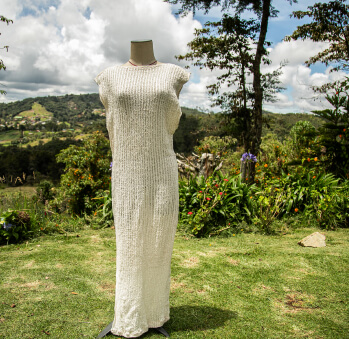
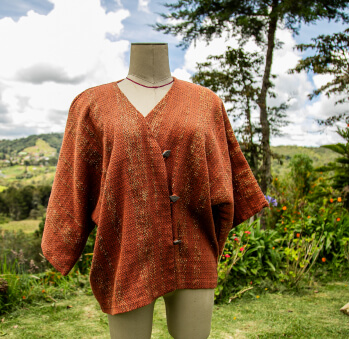
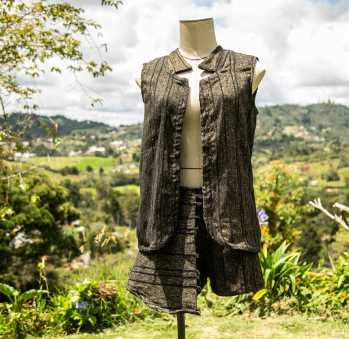
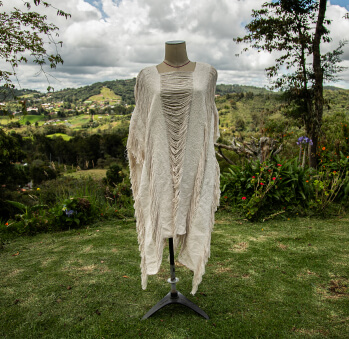
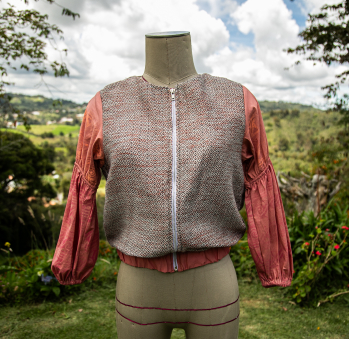
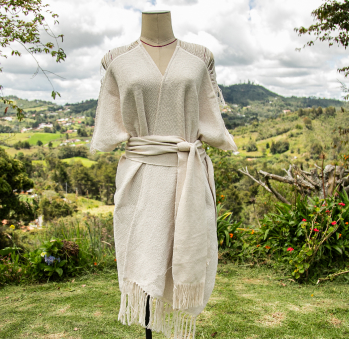
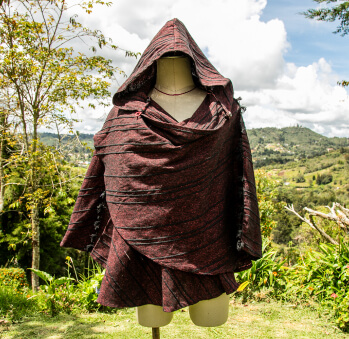
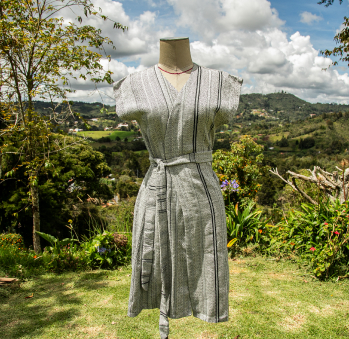
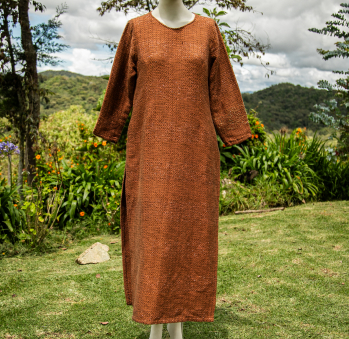









Artisans along the way
Artisans along the way
No puede copiar contenido de esta página

